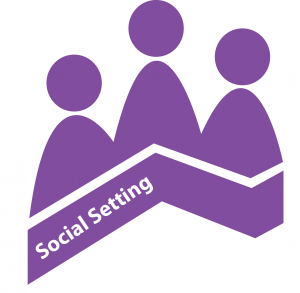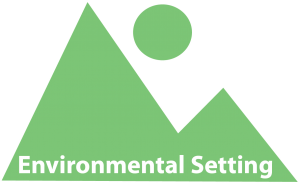People in Place: historical trauma, modern conflicts
Williams Lake is the traditional home of the Northern Secwepemc (Shuswap) First Nations. Today, the Northern Shuswap Tribal Council represents 4 of the 17 bands closest to Williams Lake that are part of the Secwepemc Nation.
The Tsq’escen’ (Canim Lake), Stswecem’c/Xgat’tem (Canoe & Dog Creek), Xat’sūll (Soda & Deep Creek), and T’exelc (Williams Lake a.k.a. Sugar Cane) communities have built a political alliance to work together to address the needs and issues that are relevant to the Northern Secwepemc te Qelmucw (NStQ) communities.
NStQ membership is more than 2000 people. They are known as “the people from where the water flowed” and long held jurisdiction over and managed large tracts of the Fraser River and surrounding area and watersheds. Ties to the land are an important element of traditional Secwepemc values and customs, which include spiritual beliefs that dictate how to live in harmony with the land. Of the 11,500 people in Williams Lake, just under 20% of the population is Aboriginal. Furthermore, Williams Lake’s neighbouring communities are predominantly Aboriginal.
Clearly, working in partnership with First Nations communities is essential for the long-term sustainability of Williams Lake and the Cariboo Chilcotin. In fact, this partnership is one of the priority areas identified in the Integrated Community Sustainability Plan; however, the reality is much more contentious, and strong tensions exist between the Aboriginal and non-Aboriginal populations.
These tensions have historical roots in the settlement of the area, St. Joseph’s Mission Residential School, institutionalized racism, and discrimination towards First Nations people throughout the European history of Williams Lake. Today, the effects of this historical trauma are still evident, and the community is often strongly divided over important regional issues.
- NHS focus on Aboriginal populations
- Racism resurgence as a result of Prosperity Mine debate
- Squaw Hall Project: racial segregation in the 1900s led to the development of an open-air dance hall for First Nations people in Williams Lake
- Unveiling the St. Joseph’s Mission monument
- Orange Shirt Day in Williams lake
- Williams Lake Storytelling Circle: an initiative that has just begun in Williams Lake, the Storytelling Circle hopes to share stories that has shaped the Williams Lake community
Recent News:
Dasiqox Tribal Park Confirmed: development sees opposition from Mayor who is worried about governance and loss of jobs
Demographic Profile
You can get a sense of Williams Lake's demographic profile by exploring the Williams Lake Government census
"Youth at the center of it all"
The youth of Williams Lake are both the hope for its sustainable future as well as often on the front lines of its social problems. Many of Williams Lake's young people are considered 'at risk' and must navigate challenging circumstances such as delinquency, teenage pregnancy, substance abuse, depression, and elevated dropout rates. Williams Lake has launched a number of social programs to address negative behaviours in youths and to promote and retain a healthy and vibrant population of young people.
- 2013 Adolescent health survey: a survey of adolescent mental health in Cariboo and other regions
- Communities That Care – community profile: a community based initiative to promote health behaviour in youth
- Williams Lake Junior Council
- LGBT issues in schools
- School District No. 27: the school district faces a number of difficulties in delivering educational services to its highly geographically and demographically diverse communities.
Recent News:
Right to Play program: teaches positivity through sport with efforts to send more Aboriginal youth to college

